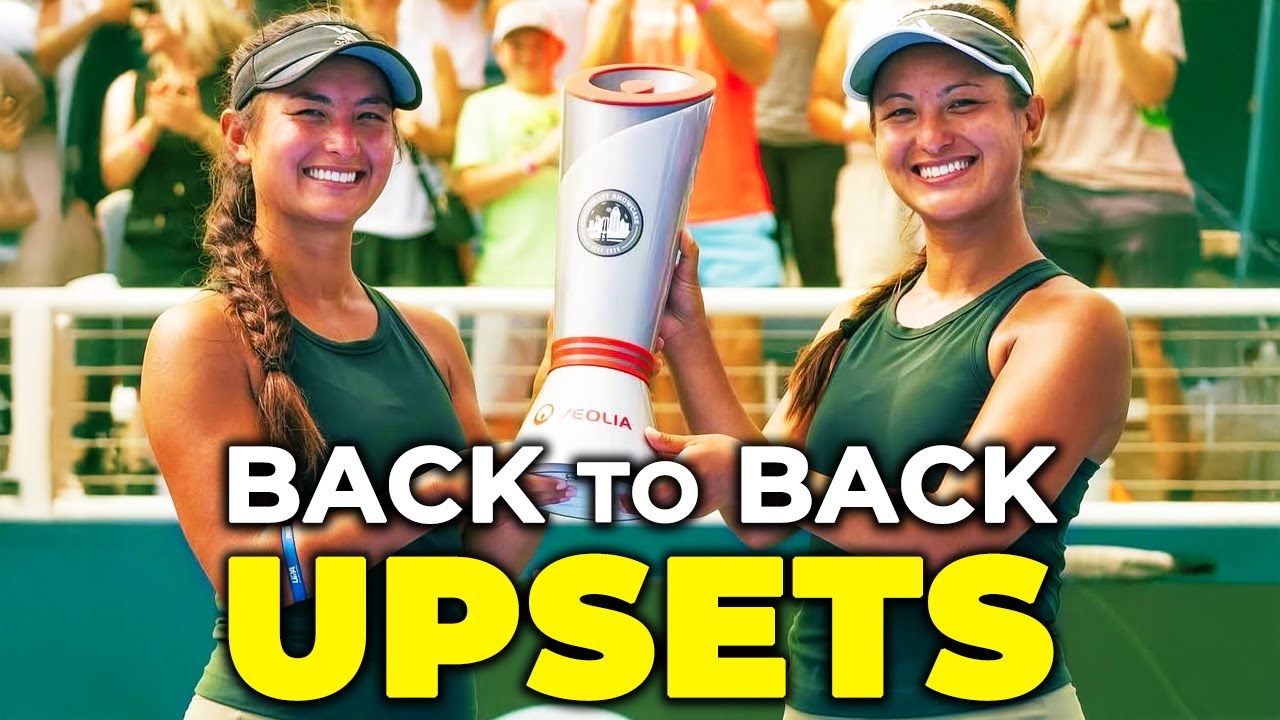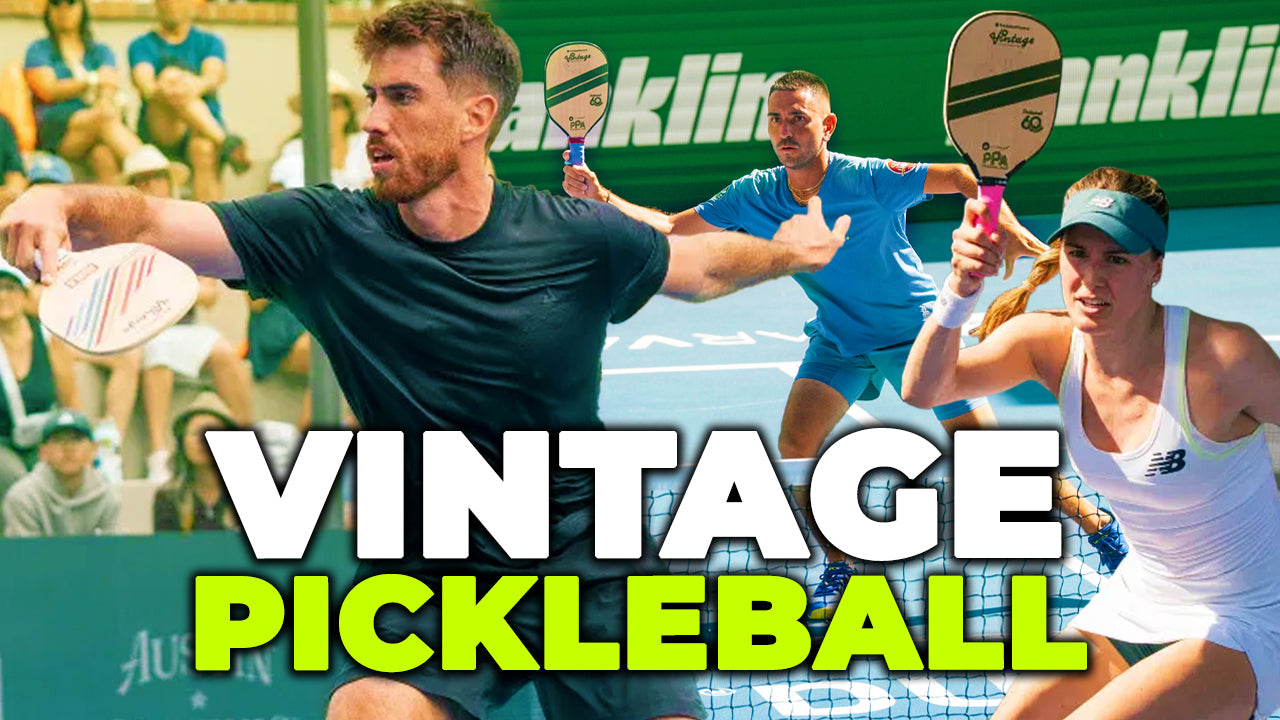The PPA Tour made its first-ever stop in Kuala Lumpur, Malaysia, and it was unlike anything we’ve seen before in pickleball. With American stars like Ben Johns, Anna Bright, Tyson McGuffin, and me taking on international competition, the big question was simple: could the U.S. dominate abroad the way it has at home?
The answer: not exactly.
This event delivered electric crowds, surprising upsets, and a glimpse into just how strong the global game is becoming. Here’s a breakdown of the highlights, storylines, and takeaways from the PPA Malaysia Open.
Electric Atmosphere in Kuala Lumpur
The week kicked off with a packed press conference and a fun exhibition day. Players tried traditional Malaysian food like nasi lemak, wore cultural attire, and even signed autographs for crowds so large that security had to step in.
For American pros, the reception was surreal. If you had Jesus Christ and Ben Johns walk into a Malaysian pickleball club, the line would’ve been 10-to-1 for Ben.
The energy carried into the matches. Fans filled every seat, cheered nonstop, and created one of the loudest atmospheres seen yet in professional pickleball.
Early Challenges for American Pros
From the start, it was clear U.S. players weren’t in for an easy ride.
- Ben Johns & Christian Alshon barely survived their opening match, pushed to three games by local stars Yen and Kwan.
- Several American players, including my partner Armand Batya and myself, fell in tough matches against international pairs.
-
In singles, rising talents from Macau, Vietnam, and Malaysia scored notable upsets over U.S. representatives.
Travel fatigue, a slower JOOLA ball, and humid conditions leveled the playing field, but the results also showed how quickly the international talent pool is growing.
Breakthrough Performances
A few international names stood out in Malaysia and are worth remembering:
- Jack Wong (Hong Kong) – Asia’s #1 ranked player, known for his tactical, cat-and-mouse style. He reached the men’s singles final.
- Danny Townsend (Australia) – A fiery competitor with a table tennis background, she stunned Anna Bright and Rose Van Reek in women’s doubles.
- Huang Nam Lee & Ufe Long (Vietnam) – Former Wimbledon junior doubles champ Lee and his partner Long showed world-class talent in doubles play.
-
Nicola Showman (Australia) – Paired with Townsend for a shocking upset over the top-seeded American duo.
These players aren’t just holding their own—they’re pushing American stars to the brink.
Gold Medal Highlights
The finals on Sunday provided some of the most dramatic pickleball of the year:
- Christian Alshon captured men’s singles gold over Jack Wong in a long, tactical match (11–9, 11–5).
- Kaitlyn Christian won women’s singles and doubles, nearly pulling off a rare triple crown.
- Tyson McGuffin & Eric Oncins delivered the upset of the weekend, defeating Ben Johns & Christian Alshon in a thrilling three-game battle. The celebration — and Eric’s victory lap — was one for the ages.
-
Ben Johns & Anna Bright closed out mixed doubles gold against a fatigued Christian/Kaitlyn duo.
Key Takeaways
- Malaysia’s pickleball culture is young and vibrant. Unlike the U.S., where retirees once dominated, the sport in Malaysia is fueled by younger players and late-night matches.
- Badminton influence matters. Overheads from Asian players were sharper, faster, and more precise — a result of badminton footwork and repetition.
- Equipment conditions change the game. The JOOLA ball slowed dramatically in hot, humid conditions, creating a softer, more equalized style of play.
- American dominance isn’t guaranteed. Upsets, near-misses, and long matches showed that the rest of the world is catching up fast.
-
The future is global. Squash, tennis, table tennis, and badminton backgrounds are blending into new styles that Americans must adapt to.
Final Thoughts
The PPA Malaysia Open wasn’t just another tournament — it was a sign of pickleball’s future. The sport is no longer confined to U.S. borders. The crowds were massive, the international talent was undeniable, and the style of play brought new dimensions to the game.
The future of pickleball in Asia is very, very bright, and I’m excited to see where the sport goes over the next couple of years.
For fans, that means more battles, more upsets, and more proof that pickleball is truly becoming a global game.





Leave a comment
This site is protected by hCaptcha and the hCaptcha Privacy Policy and Terms of Service apply.